Maximize the Power of the Middle School Brain
 By Thomas Armstrong, Ph.D.
By Thomas Armstrong, Ph.D.
It almost goes without saying that middle school is the most challenging level of instruction in K-12 education. Children younger than middle school age tend to be more respectful of authority, and students older than middle school age are typically more thoughtful and serious.
It’s in these ‘’in-between years’’ that kids tend to be more concerned about their social status than about academics, appear to regard teachers and parents with greater suspicion than at earlier or later stages of development, and seem to be more emotionally sensitive and self-conscious than at any other time in life.
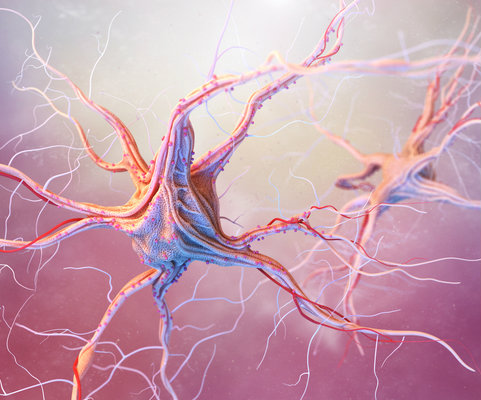
The advent of puberty brings with it, of course, the hormonal changes associated with secondary sexual characteristics, but they also stimulate the production and regulation of neurotransmitters in the brain, including dopamine, which is associated with reward-seeking and risk-taking; serotonin, which is linked to mood, sleep, and appetite; and oxytocin, which is connected to social bonding.
On a structural level, the limbic system or emotional brain (which serves in a sense as a switchboard for these and other brain chemicals) matures several years before the prefrontal cortex, which governs such functions as inhibition, decision-making, planning, reflecting, organizing, and strategizing.
More than anything else, this gap between when the emotional brain develops and when the prefrontal cortex matures helps explain the erratic, kinetic, up-and-down behaviors of young teenagers.
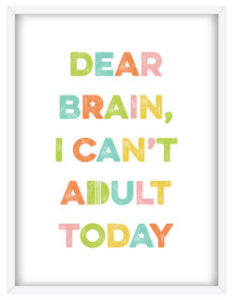
It’s these two key features of the young adolescent brain—the developed ‘’emotional brain’’ and the still undeveloped ‘’rational brain’’—that offer a two-pronged approach for designing brain-based practices.
Maximizing the limbic system’s potential
First, because the limbic system is alive and popping, middle school educators need to create activities that channel these energies in constructive directions. All too often, teachers attempt to deal with limbic system activity through disciplinary policies, or alternatively, through moral lectures on why unruly behavior isn’t appropriate in the classroom.
Neither of these approaches acknowledges the reality and the power of the emotional brain in the lives of these kids. Here are four strategies that address the impact of the limbic system head-on:
1. Channel students’ vibrant energies through the expressive arts.
When students engage in meaningful arts activities—creative writing, sculpture, painting, drama, music composition, dance, collage—they essentially take their turbulent emotions and turn them into something positive (Freud called this process ‘’sublimation’’).
Sublimating activities can be tailored to subject matter. In science class, for example, students can pick the chemical element that best describes who they are, and then write a poem, do a collage, create a song or choreograph a dance—and in this way express themselves (e.g. ‘’my life as the element neon’’).
2. Activate students’ imaginations.
The imagination can be regarded simply as behavior turned inward. When students are asked to visualize a scene, they essentially transform their outwardly crackling energies into kinetic mental images. I believe that teaching through the imagination is the single most neglected resource in all of education.
In history class students can imagine the battles being studied; in literature, scenes from a novel; in science, the interior of the human anatomy; and in math, the structure of a dodecahedron. This strategy costs nothing, takes little time, and is easily implemented.
3. Make room for plenty of humor and laughter.

For science or math class, for example, there are many Far Side cartoons that will fill the bill. Use funny videos to make a point about the content in a course; search YouTube for two to three minute segments related to instructional objectives. And assign students the task of writing jokes, skits, or funny stories related to the curriculum.
4. Relate instruction to the students’ own personal lives.
Since kids in middle school often see the entire world as revolving around them alone, then look for ways in which content can be tied to their personal concerns. I often start such a strategy off with the phrase ‘’Think of a time in your life when you….’’ If students are studying the Revolutionary War, ask them to ‘’think of a time in your life when you felt like revolting against authority.’’
When reading a short story or novel in ELA class, ask students which character they most identify with and why. And, most of all, listen to students when they share their experiences.
Speeding up rationality
The second part of our two-fold approach to applying knowledge of the young adolescent brain to the classroom involves actively seeking to ‘’speed up’’ the maturation of the rational prefrontal cortex. We now know that the adolescent brain is highly ‘’neuroplastic,’’ meaning that its structure and function can be changed through environmental influences.
We also know that around the age of ten to twelve there is a ‘’spike’’ in the growth of gray matter in the brain. This seems to coincide with what Jean Piaget called the formal operational stage of cognitive development.
This is great news because it means that the young adolescent is now capable of metacognition—of thinking beyond immediate concrete (and emotional) concerns. Consequently, we should be employing strategies that help these kids maximize this newly acquired ability. Here are a few ways to do this:
1. Teach students emotional self-regulation skills.
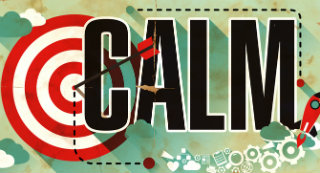
If a student gets angry in the classroom, for example, the teacher can ask the student to label what he’s feeling inside. Then the teacher can help the student identify appropriate ways of handling the emotion: by taking a deep breath, visualizing a peaceful scene, removing oneself from the classroom temporarily to regain control, etc.. The emphasis here is on learning a new skill, not punishing or judging a behavior.
2. Explain to students the importance of having a growth mindset.
The pioneering work of Stanford psychologist Carol Dweck suggests that students who believe that success in life is based on innate talent (a ‘’fixed mindset’’) don’t do as well as those who understand that success in school and life comes from hard work and a positive attitude. Teachers can help students to articulate which mindset they currently have and teach and support them as they program themselves to have a growth mindset.
3. Help students learn goal-setting behaviors.
Research suggests that students who set goals and commit to them have higher levels of motivation and achievement than those who don’t do this. One approach that can be easily taught uses the SMART acronym (make a goal Specific, Measurable, Achievable, Realistic, and Time-Bound).
Start with small goals (“How many math problems I’ll do for homework tonight’’), but also give students a chance to plan for the long-term (“’What three things would you most like to accomplish over the next five years?’’).
4. Engage students in critical thinking.
With the limbic system in control, middle school students’ ideas often are heavily freighted with emotion. Critical thinking can help them reason things out more clearly. Ask students open-ended questions (‘’Why do you think Romeo showed up at the Capulet’s party? Was this a wise thing to do?’’).
Challenge them to back up their opinions with facts (‘’Give me three solid reasons why you think the JFK assassination was a conspiracy’’). Encourage students to take different sides of an argument through a debate format.
Adolescent culture requires we adopt updated brain theories
These are just a few of the many ways that teachers can implement ideas based upon the past 20 years of research into the adolescent brain. It should also be mentioned in passing, that educators need to abandon what I call ‘’adolescent brain-hostile practices.’’
These include “data walls’’ or the posting of grades and/or test scores (which humiliates and shames students in front of their peers), emotionally flat lectures and textbooks (which fuels disengagement and alienation in students), and bans on instructionally valid use of social media in the classroom (which frustrates the needs of students to affiliate with their peers).
Some teachers may feel that ‘’academic rigor’’ should be favored over these ‘’soft skills.’’ However, when we note the risks that our young adolescents face—depression, eating disorders, internet addiction, bulllying, substance abuse, and more—then it becomes obvious that we have no choice but to integrate these new understandings about adolescent brain development into our educational practice.
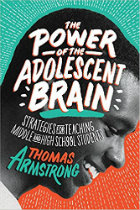

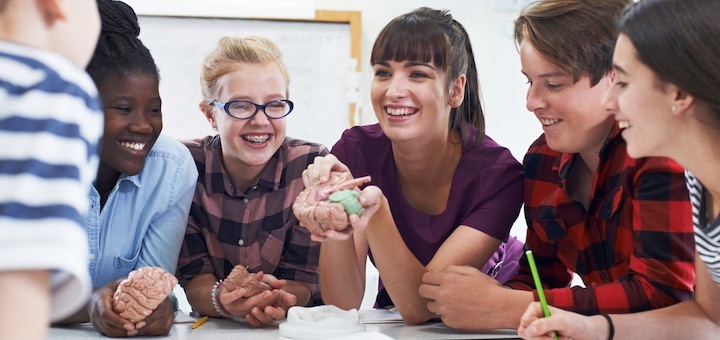
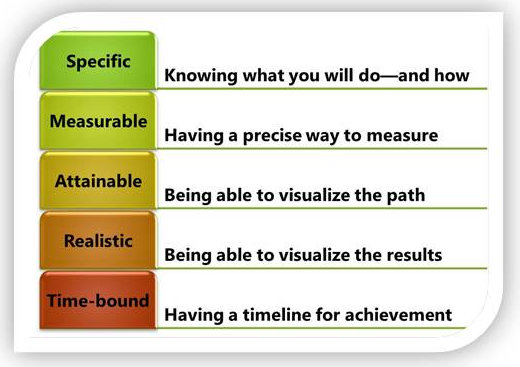

































Excellent article, and so glad to know about your organization and blog, for which I signed up. I’ll be reading more of your books.
Thanks for this valuable information. This is my first year teaching 7th graders in addition to my high school classes so I really appreciate you giving me the low down on middle school brains.
Would’ve been nice if he didn’t refer to us as “skittish, suspicious, status-conscious, peer-hungry creatures”